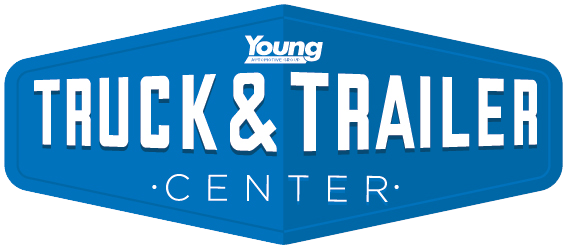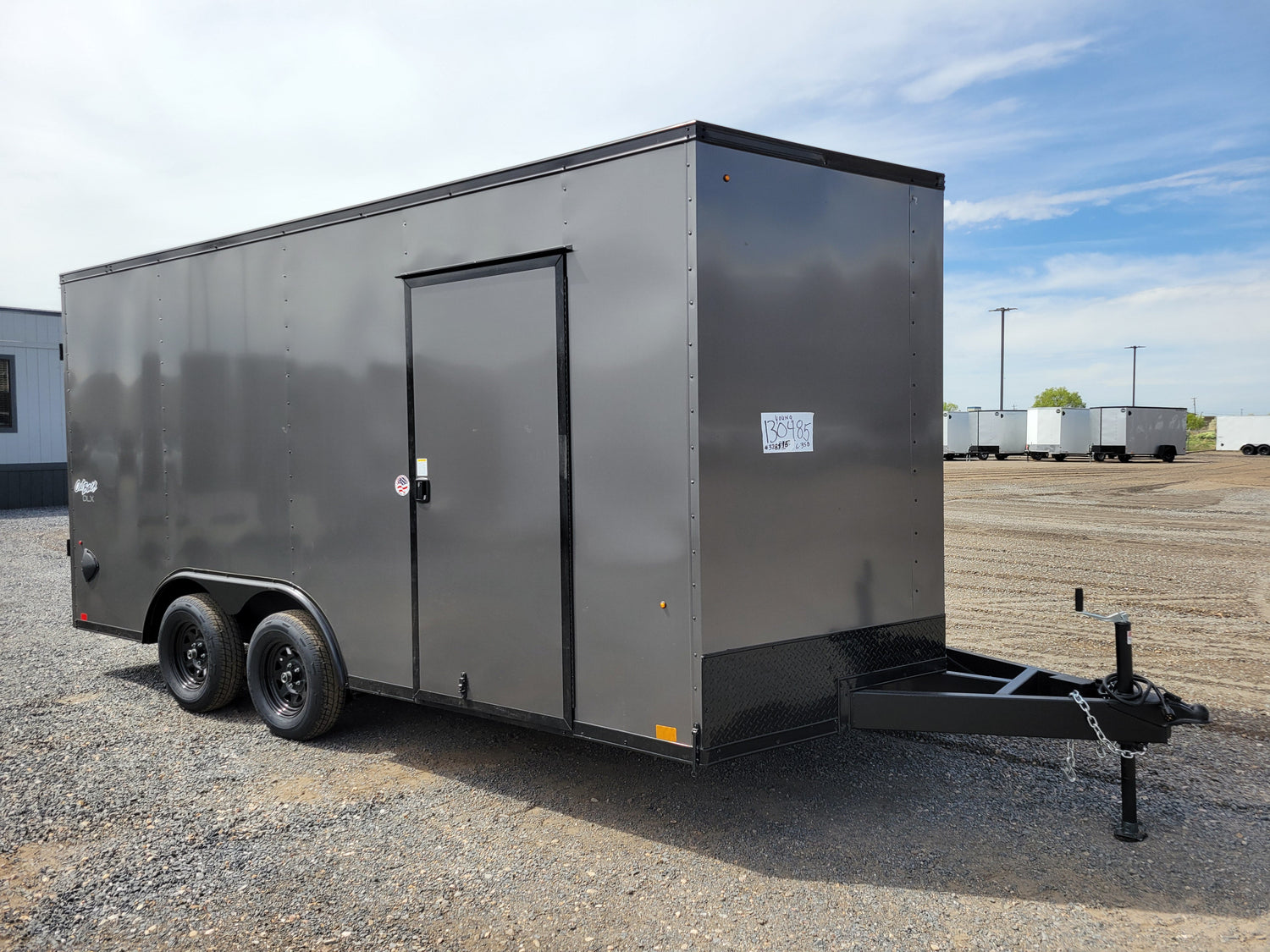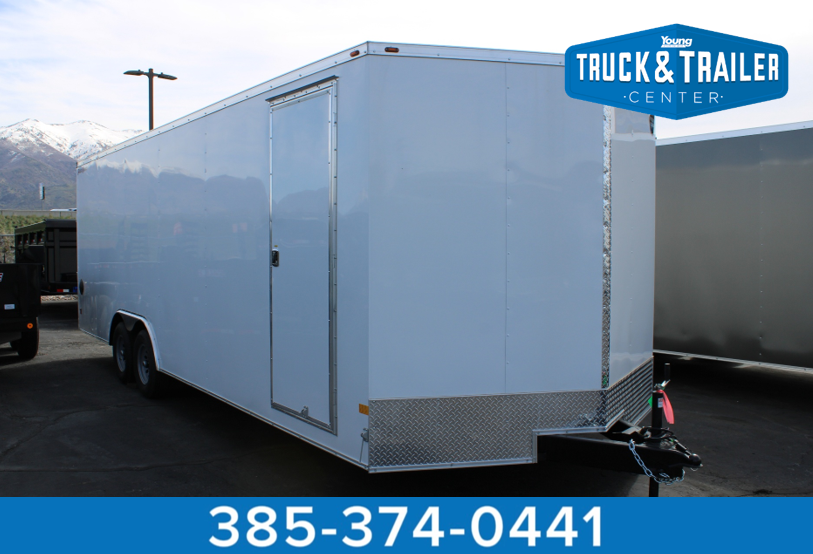Everything You Need to Know About Trailer Tires
When it comes to towing—whether it’s a boat, camper, utility trailer, or horse trailer—the last thing you want to worry about is tire failure. Trailer tires are a critical component of safe and efficient towing, yet they’re often one of the most overlooked. Understanding the different types of trailer tires, how to maintain them, and when to replace them can make a huge difference in your hauling experience.
What Makes Trailer Tires Different?
Trailer tires, also known as ST (Special Trailer) tires, are specifically designed for trailer applications. Unlike passenger car or light truck tires, ST tires are built with stronger sidewalls to handle the extra weight and stress that comes with towing. They don’t need to provide the same level of cornering and ride comfort because trailers follow the towing vehicle, but they do need to be durable and stable under load.
Two Main Types of Trailer Tires:
-
Bias Ply Tires
-
Constructed with crisscrossed layers of nylon.
-
More affordable and offer stronger sidewalls.
-
Better suited for short trips, off-road use, or rugged terrain.
-
-
Radial Tires
-
Constructed with steel belts running at 90 degrees to the tread.
-
Run cooler, last longer, and provide better fuel economy.
-
Ideal for highway use and long-distance towing.
-
Load Rating and Tire Size
Trailer tires come with a load rating, usually expressed in letters (like Load Range C, D, or E). This rating tells you how much weight each tire can safely carry at a specific inflation pressure. Choosing the correct load range is crucial — too low and you risk overloading the tire; too high and you may compromise ride quality or spend more than necessary.
You’ll also see the tire’s size printed on the sidewall (e.g., ST205/75R15). This tells you:
-
ST = Special Trailer
-
205 = Width in millimeters
-
75 = Aspect ratio (height to width)
-
R = Radial construction
-
15 = Rim diameter in inches
Maintenance Tips
Like any tire, trailer tires require regular maintenance to keep them in good condition:
-
Check air pressure before every trip. Under-inflated tires are a leading cause of blowouts.
-
Inspect for dry rot or cracks, especially if the trailer sits unused for long periods.
-
Rotate the tires if your trailer is used frequently.
-
Keep them covered when parked to protect from UV damage.
-
Replace every 5–7 years, even if the tread looks fine—the rubber degrades over time.
Common Signs You Need New Trailer Tires
-
Tread is worn below 2/32 of an inch
-
Sidewall cracking or bulging
-
Uneven wear patterns
-
Excessive vibration or wobbling while towing
-
Age exceeds 6 years, even with minimal use
Need Help? We’ve Got You Covered!
At Young Truck and Trailer Center in Kaysville, Utah (84037), we’re here to help with all your trailer tire needs. Whether you’re replacing worn-out tires, upgrading for better performance, or not sure what size you need, our experts can guide you every step of the way.
Stop by today or give us a call 801-458-2723 —we’ll make sure your trailer is road-ready and safe for your next adventure.
www.youngtruckandtrailer.com



Leave a comment
This site is protected by hCaptcha and the hCaptcha Privacy Policy and Terms of Service apply.